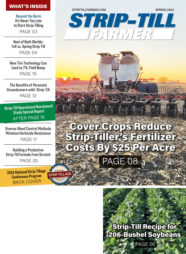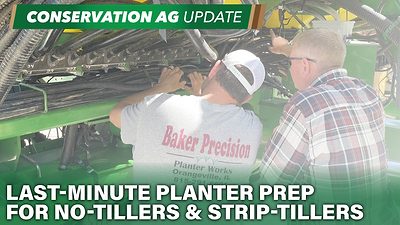
Even plant emergence and consistent yields are indicators of a thriving strip-till system. But what happens beneath the soil’s surface is where that success begins.
As Mike Petersen, lead agronomist at ANP, Inc. notes, roots are the somewhat forgotten side of the corn plant. But it’s where more than 95% of nutrients are absorbed, stored or transported.
Petersen dug his first soil pit 34 years ago and 1,521 digs later, he has determined that strip-till and accurate nutrient applications can achieve 300-bushel corn without breaking the bank.
In his Aug. 5 classroom session at the 2nd Annual National Strip-Tillage Conference, Petersen will explore the positive effects of strip-till on progressive corn rooting and explain why placement of nutrients, especially liquid products, make more sense over conventional means.
Promoting strong root growth in strip-till is also dependent on making nutrients accessible when they are needed most.
During the last 75 years that American farmers have used commercially available fertilizers, broadcast application of dry and liquid nutrients have produced mixed results. When strip-till began emerging in the late 1980s, farmers started taking advantage of more targeted applications.
In his general session on Aug. 6, Petersen will present compelling reasons why more precisely placing nutrients with strip-till increases availability of nutrients and actual uptake by corn roots. He will also discuss why, where and when nutrient placement is a vital answer to your corn yield potential with strip-till.
For more information and a complete agenda of this year’s event, visit www.striptillconference.com.







Post a comment
Report Abusive Comment